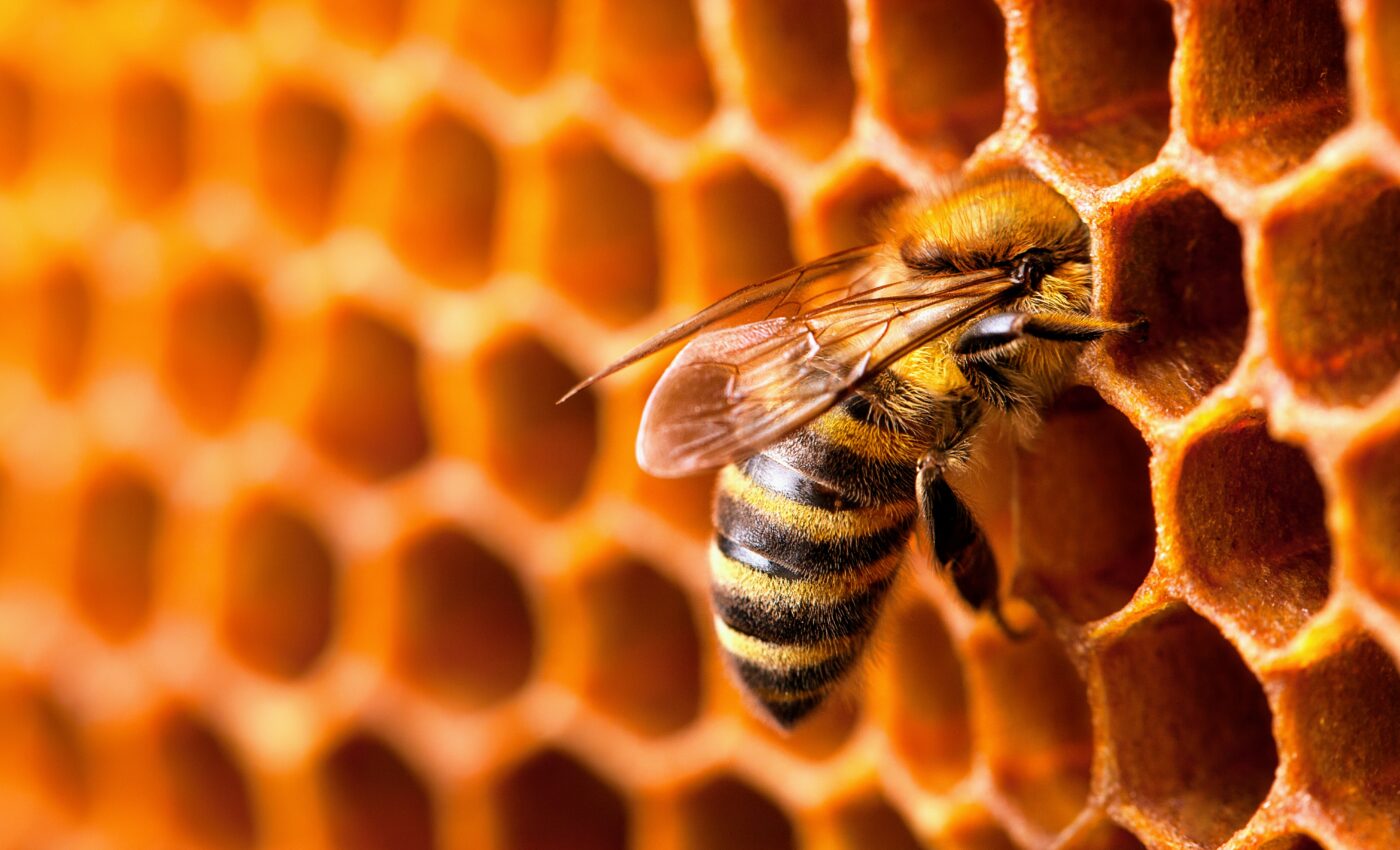
3D printing drones work like bees to build structures
3D printing is currently gaining significant momentum in the construction industry, with static and mobile robots printing materials used in construction projects, such as steel or concrete structures. Now, inspired by natural builders such as bees or wasps, who work together to create intricate structures, a research team led by Imperial College London (ICL) has devised a new technology that uses drones for manufacturing and building in dangerous or difficult-to-access locations, such as high buildings or areas affected by natural disasters.
These drones – known collectively as Aerial Additive Manufacturing (Aerial-AM) – work together from a single blueprint, adapting their methods as they go. Although they are fully autonomous while flying, they are monitored by a human controller who checks their progress and intervenes if necessary, based on the information provided by the drones themselves.
“We’ve proved that drones can work autonomously and in tandem to construct and repair buildings, at least in the lab. Our solution is scalable and could help us to construct and repair building in difficult-to-reach areas in the future,” said study senior author Mirko Kovac, a professor of Aerial Robotics at ICL.
In order to help the drones adapt to variations in the geometry of the structure as the construction progresses, Aerial-AM uses both a 3D printing and path-planning framework, which help them assess the printed geometry in real time and adapt their behavior to ensure they meet the build specifications. The fleet of drones consists of “BuilDrones” that deposit materials during flight and quality-controlling “ScanDrones” which measure the output of the BuilDrones in order to inform their next manufacturing moves.
This groundbreaking technology may offer future possibilities for building or repairing structures in hard-to-access locations. As a next step, the researchers aim to collaborate with construction companies to validate these solutions and provide repair and manufacturing capabilities.
“We believe our fleet of drones could help reduce the costs and risks of construction in the future, compared to traditional manual methods,” Professor Kovac concluded.
The study is published in the journal Nature.
—
By Andrei Ionescu, Earth.com Staff Writer













